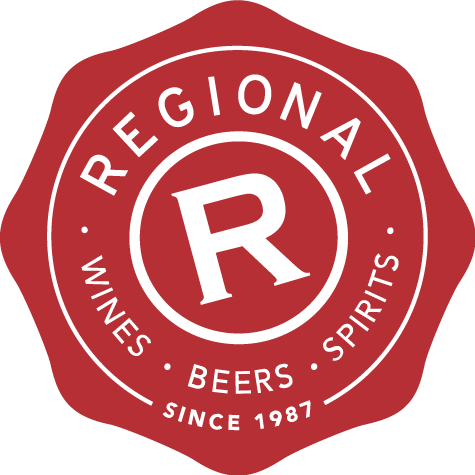Under the Tuscan spell... Chianti Classico
Tuscany is one of the world’s most famous and famously romantic wine regions, a place where food and wine are as inseparable as Bonnie and Clyde or morning and espresso. The very name Tuscany is evocative of purple hued sunsets, cypress tree dotted hillsides and hazy morning skies. Its immaculately groomed landscapes, 500 year old villas and hilltop fortresses are as famous as its rustic cuisine where cingale (wild boar) and a large glass of Chianti Classico are intricately interwoven.
Chianti Classico is, along with Brunello, one of the two the highest quality expressions of the classic wines from this region, but are often misunderstood. So here is a user friendly guide together to what makes a Chianti Classico a generally superior wine to a Chianti.
Chianti Classico is one of the two best Tuscan vinos
If you're thinking, what about Brunello di Montalcino? Yes, that great red made entirely from Sangiovese as a monovarietal wine is, alongside the Classico wines, one of the best from Tuscany but we covered that earlier in the month. And Brunello is another story.
The key ingredient in Chianti Classico is Sangiovese which must make up 80% of all wines labelled Chianti Classico. By contrast, Chianti comes from a larger area in Tuscany and only needs to contain 70% Sangiovese. Both can be blended with other grape varieties and usually are but the Classico wines are considered to be higher quality and as a general rule, they are noticeably more concentrated in flavour. This is because of a number of incremental factors in their growing, which tend to produce better quality raw material. Speaking of which, Sangiovese is a grape whose rise to stardom seems to be blighted at every turn because it varies incredibly in terms of the quality of clones planted, which range from outstanding to poor quality, as do the vineyard sites on which they are grown. Not all of the vineyards on which Sangiovese is currently planted are worth growing grapes on, if high quality wine is the aim.
Sangiovese is the main grape in six Tuscan DOCGs and ranges from being legally required to constitute 50 per cent to 100 per cent of the wines in these areas. They are Brunello di Montalcino (100 per cent Sangiovese), Carmignano, Chianti, Chianti Classico, Morellino di Scansano and Nobile di Montepulciano.
If anyone can summarise Sangiovese perfectly, perhaps it's the late great actress Mae West, who might have said of this grape that, when it's good, Sangiovese is very, very good - one of the best in the world - but when it's bad, it's horrid.
Italian wine writer and author Ian d'Agata would no doubt agree. He writes in his award winning book Wine Grapes of Italy that there are "countless obstacles in the variety's path to stardom". These include not only the lesser clones of Sangiovese used, but less great vineyard sites which have held Sangiovese back.
Sangiovese can produce light straightforward juicy wines or, especially in the Chianti Classico area, big, full bodied, complex ones. Snow is common in Chianti Classico in winter where many of the best vineyards are south facing at elevations of up to 500 metres above sea level. These elevated sites mean that cool nights are a given, which in turn helps preserve acidity in the grapes and freshness in the wines.
The first written mention of Sangiovese was in 1590 and it was called Sangiogheto, one of the many synonyms for this now famous grape.
The Chianti Classico appellation
Chianti Classico is the heart of the wider Chianti production zone and its vineyards benefit more from being planted on hillsides with a higher degree of iron rich soils and a greater diurnal temperature range.
Chianti was first defined as a wine producing sub region within Tuscany in 1716 by the Grand Duke of Tuscany Cosimo III, whose wanted to protect the integrity of the wines and prevent fraud. The Chianti Classico Wine Consortium was formed in 1924 with the distinctive Black Rooster trademark chosen to feature on the labels.
In 1988 the Chianti Classico Consortium collaborated with the universities of Pisa and Florence to launch the Chianti Classico 2000 project. This project launched new clones of Sangiovese, some of which were more successful than others, such as the Janus series of clones. Italian wine expert Ian d'Agata views the Janus series of Sangiovese clones as unsuccessful because, he says, the result is Sangiovese that tastes more like Syrah, but that's another rabbit hole to dive down another day.
